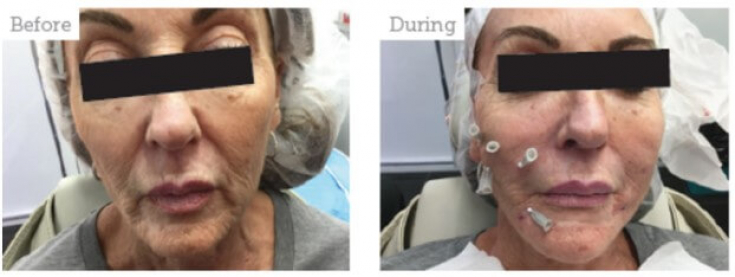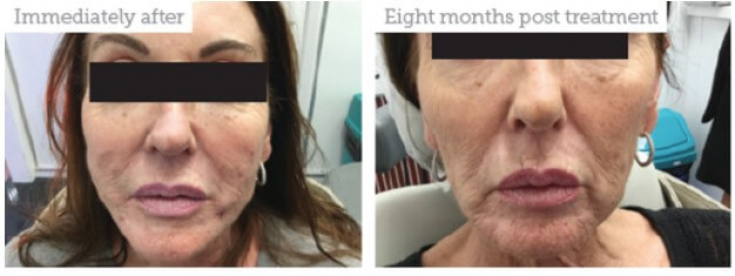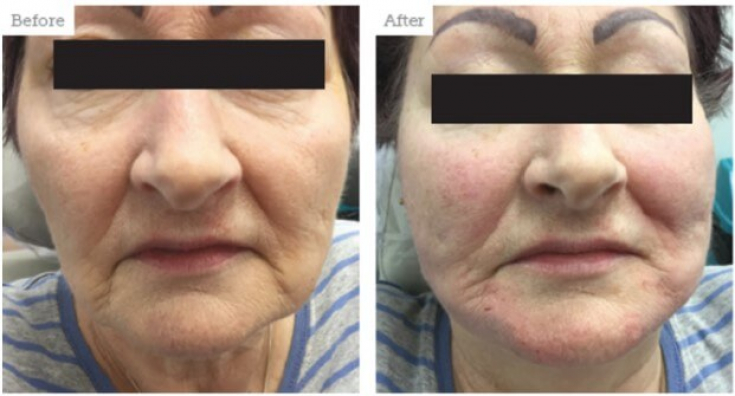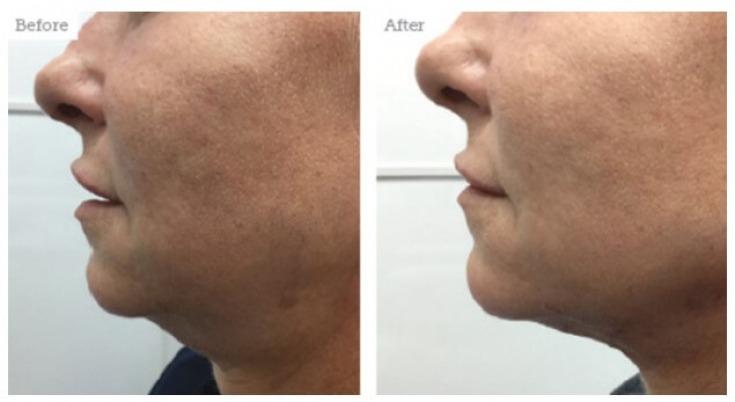Polydioxanone (PDO) as a threadlifting material is currently recognized as a relatively safe product. This is confirmed by a 24-month retrospective study of the results of a PDO lift.
One of the main causes of unsuccessful lifting with the help of gear threads is their location in the wrong plane. The correct plane for the introduction of jagged threads for face lifting – this is the superficial musculoaponeurotic system (SMAS).
Dr. Irfan Mian told about other common mistakes that doctors make during threadlifting. For more details on the intricacies of working with gear threads for threadlifting, please visit estet-portal.com in this article.
- Peculiarities of working with jagged threads for face thread lifting
- Pain relief during thread facelift
- Infection and threadlifting: how to avoid complicationsth
From a practical point of view, PDO filaments can be divided into two main types: jagged and smooth filaments.
Toothed threads can have unidirectional, multidirectional, three-dimensional or four-dimensional barbs.
The insertion of dental floss is best done by the clinician as a team, as clinical outcomes are greatly improved if properly trained and qualified personnel are available to assist the practitioner.
Figure 1a: Patient A before and during the thread lift procedure
The practitioner must install several threads, in some cases ten or more. It is very difficult to hold them in place, tighten and adjust the tension as required to achieve symmetry.In some cases, the doctor is supported by two other employees, so the installation of threads is carried out in 6 hands.

Figure 1b: Patient A immediately after and eight months after treatmenti
Read the most interesting articles in Telegram!
Pain relief during thread faceliftInstallation of toothed threads for a facelift
is not a painless procedure and local anesthesia for the face, neck and body, which may include infiltration or conduction anesthesia, may be used to achieve patient comfort.

Figure 2: Patient B before and after insertion of PDO threads
Caution should always be exercised when using the epinephrine-based local anesthetic vasoconstrictor, as there is always a risk that the patient has subclinical asymptomatic heart disease.The practitioner may use a range of available vasoconstrictors based on personal preference.
However, if the patient has a heart problem, such as angina pectoris, then it would be unwise to use
epinephrine as a vasoconstrictor, as it can, in combination with endogenous adrenaline, cause negative effects.
Other vasoconstrictors should be used instead, such asfelypressin, which is not a cardiac stimulant.
What every beautician should know about threadlifting
Infection and threadlifting: how to avoid complicationsInsertion of toothed threads can lead to large numbers of commensal and pathogenic bacteria entering the tissues and, more dangerously, entering the circulatory or lymphatic systems.
These
"infectious emboli" can then settle anywhere in the body, such as on the cusps of the tricuspid or mitral valves of the heart.

Figure 3: Patient C before and after submental PDO sutures correction
For this reason,prophylactic antibiotic coverage is required. This can be both a course before threadlifting, and a single dose of the drug one hour before treatment, followed by a course of antibiotic therapy six hours after the procedure for up to five days.
An important point is that there must be adequatetherapeutic levels of the appropriate antibiotic in body tissues during the thread lift procedure.
Absorbable tension threads – alternative to surgical facelift









Add a comment